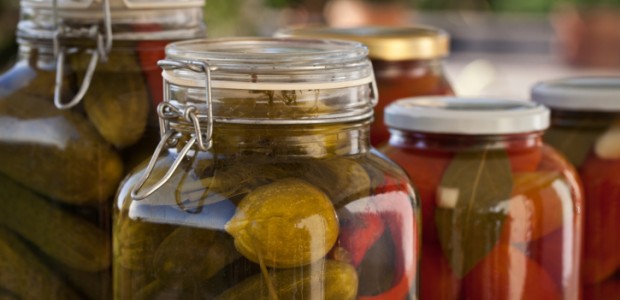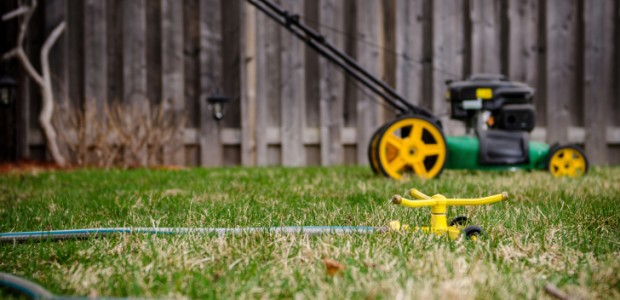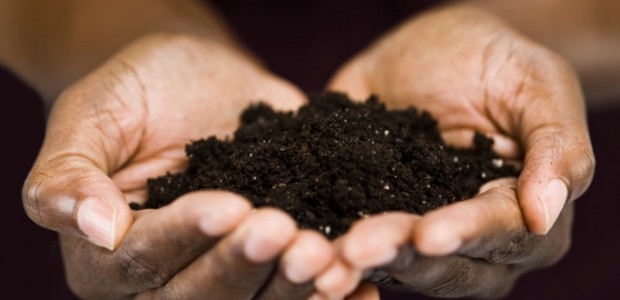Meatless Mondays, and other food-themed days of the week, were invented to help stave off the boredom of having the same dishes over and over again. Even within those parameters, though, you could find yourself falling into a rut when it comes to the meatless dishes that grace your table each Monday. Stuffed shells is a classic Italian dish that lends itself to a variety of different versions, making it easy for you to customize it to suit your palate.
Modern Twist on an Old Favorite Embraces Versatility
While you start this recipe the same way regardless of which version you make – by boiling water to cook the typical large shells that can easily be stuffed – there the similarities end. You can tweak the filling for the shells to suit your dietary restrictions. For example, you can use soy ricotta cheese if you are dairy free or an egg substitute if you are also a vegan, to make the filling for the shells.
It is All in The Sauce
The sauce that you use in this recipe is another avenue that allows for plenty of adaptation and customization. A good marinara sauce – store-bought or homemade from ingredients from your garden – provides a delicious and light taste that allows you to savor each of the individual flavors equally. Adding chopped vegetables – spinach, zucchini and carrots are just a few ideas – while the sauce is simmering increase the healthy quotient of this meal. Additions, such as tofu or textured vegetable protein (TVP), add a significant dollop of protein.
Basic Stuffed Shells Recipe
12 large pasta shells
1 teaspoon extra-virgin olive oil
2 teaspoons minced garlic or 2 cloves of fresh garlic
1-1/4 cups finely chopped onion
1-1/2 cups ricotta cheese or substitute
3 tablespoons Parmesan cheese
Seasonings to taste (black pepper, Italian seasoning, etc.)
1 egg, lightly beaten
1-1/2 cups of sauce
1 cup mozzarella cheese
1. Generously grease a 9 inch baking dish and set aside. Preheat oven to 350 degrees.
2. Stirring often, cook pasta shells according to the directions on the package just until tender. Drain, rinse under cold water and set aside.
3. Heat oil in large skillet and add the onion and garlic, cooking until translucent.
4. Mix ricotta, egg and parmesan cheese, seasoning it to taste. Add cooked onion and garlic before mixing well.
5. Using about two tablespoons, generously stuff each cooked shell before arranging them in the dish.
6. Top with sauce and sprinkle with mozzarella cheese. Bake for 30 minutes. Makes about 4 servings.









